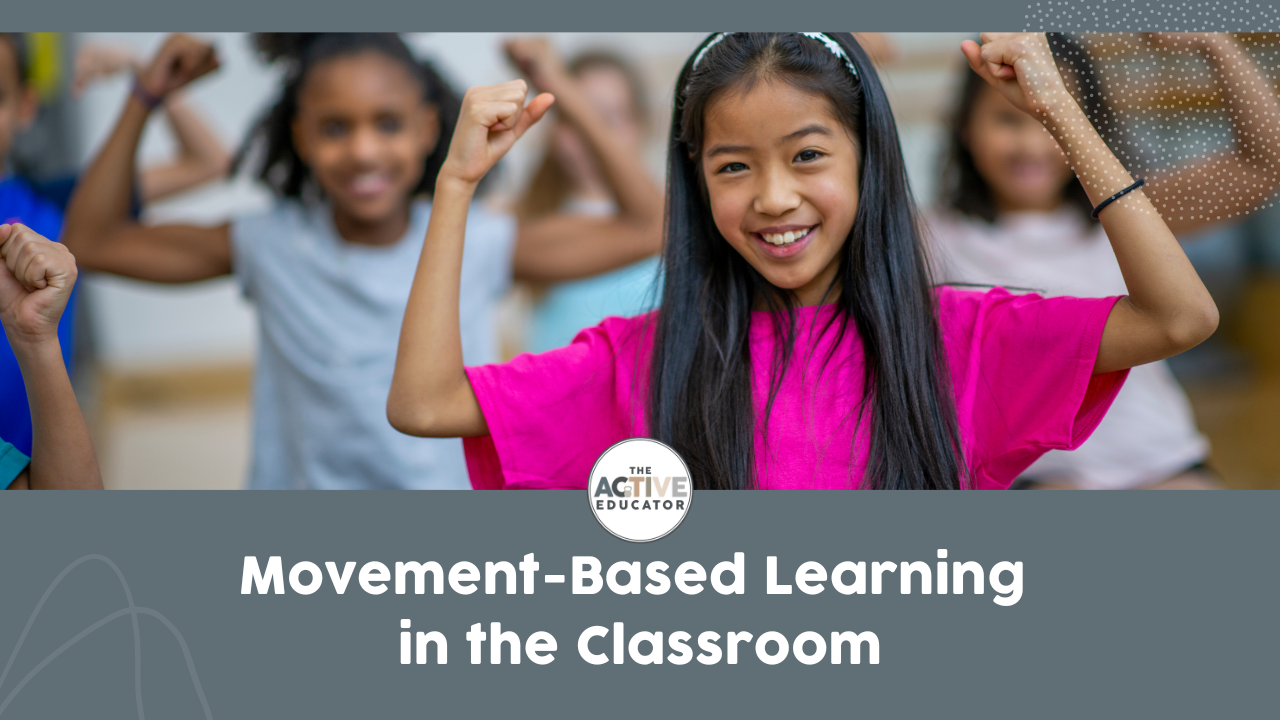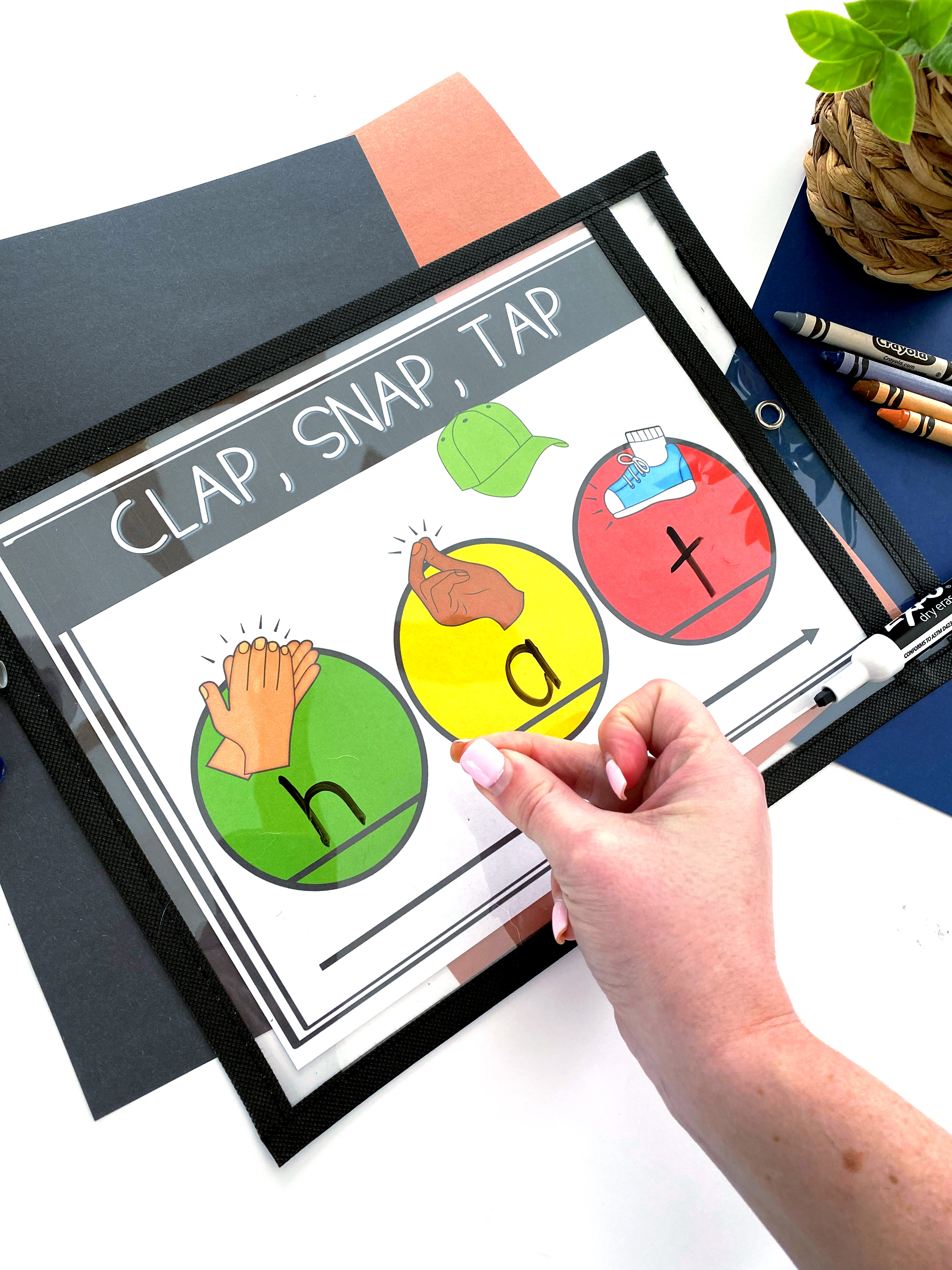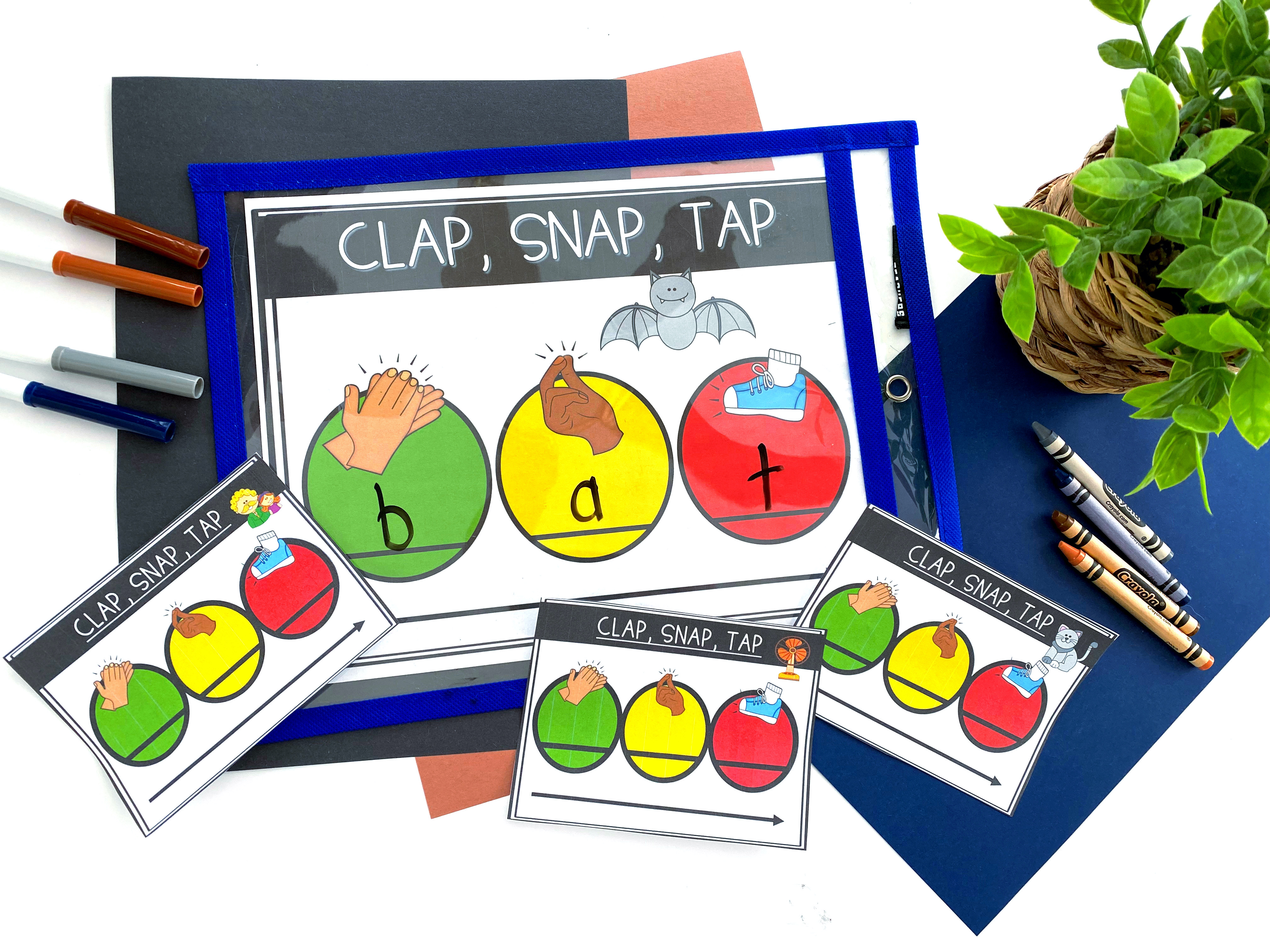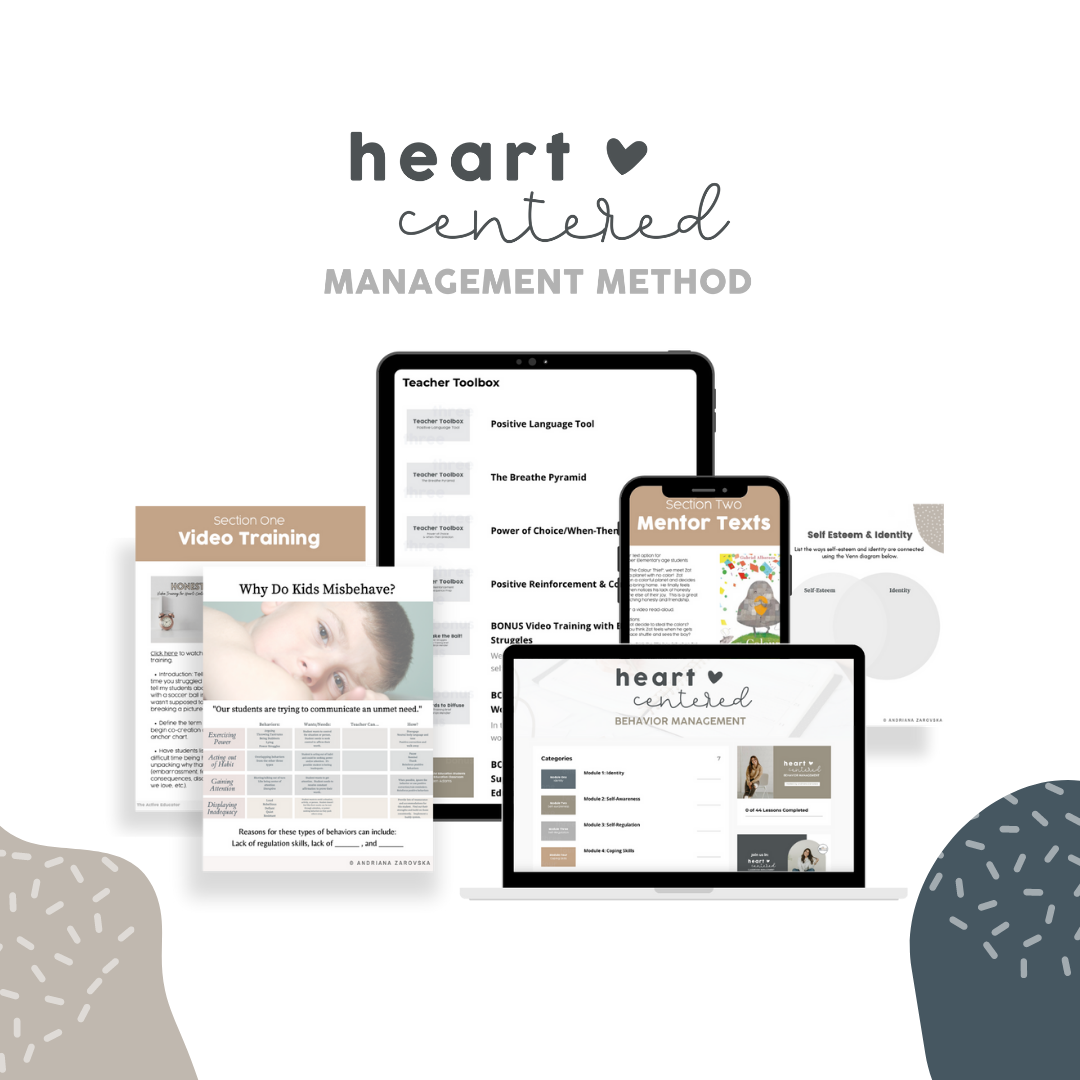Movement-Based Learning in the Early Childhood Classroom

What is movement-based learning?
There is a well-known understanding that movement helps stimulate brain growth. We can see this in the classroom while teaching new songs and chants that involve movement. Students are likely to quickly pick up words and phrases when paired with hand motion or body movement.
Why is it important to use movement-based learning in the classroom?
Physical activity has an amazing impact on how students learn. Movements during the learning process help memory, retention, and overall student learning. When the correlation between movement and learning has been studied, consistent results show how impactful the smallest movement can help students with focus and understanding.

Planning movement opportunities also provide students with breaks to reset their attention. Even as adults, we get antsy or lose focus when seated with no option to move around. We must give students every opportunity to fully engage with what they are learning so that they can see the most success.
Examples of movement-based learning
Including movement in your classroom doesn’t require a lot of planning or extra effort from the teacher. The simplest first step is to schedule brain breaks that allow students to wiggle, dance, tap their feet, or take a stretch.
Other examples of movement-based learning include:
- pairing movements with sight words
- allowing students to draw their answers
- acting through scenes from stories as they are read
- measuring large spaces using their legs, arms, and feet
- allowing students to stand while working independently
- replacing colors and letters with actions and movement to create patterns
While there are several ways to use movement-based learning in the classroom, it is important to make them purposeful and aligned with learning. For example, fidget toys may distract learners and should be avoided unless necessary for specific groups of learners.
Easily implement movement-based learning
Using a resource like this Multi-Sensory Blending and Segmenting Activities Bundle will help to implement movement-based learning into the classroom easily.
Engage your student's visual, auditory, and fine motor sensory pathways as they Clap, Snap & Tap short vowel cvc words. The movement-based learning included in these Multi-Sensory Blending and Segmenting Activities allows differentiation for littles with various learning styles and needs.
These Multi-Sensory Blending and Segmenting Activities can be used during whole group, small group, and independent practice to increase motivation, engagement, and mastery of key phonics skills!
If you’d like to try one activity with your students, this fantastic resource will pair movement with learning letter sounds, blending, and segmenting. Students will love to “play” this activity. Combining phonics skill practice with hand motions increases engagement and retention, plus gives students a movement break!
If you’re looking for more support implementing movement-based learning across all content areas, be sure to check out the Heart-Centered Classroom Management course which is currently open for enrollment. Click here to join us.






